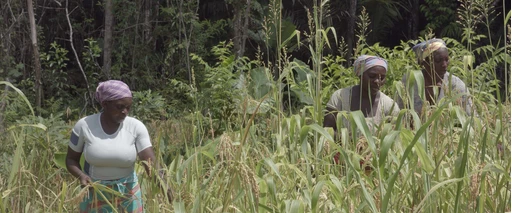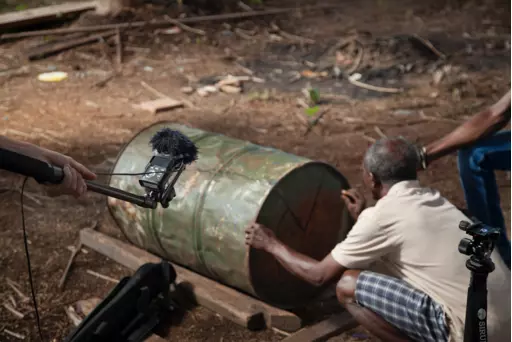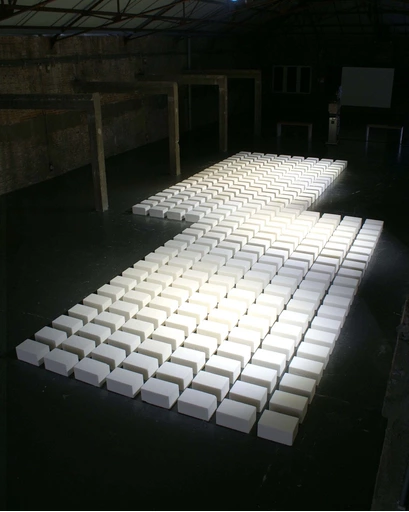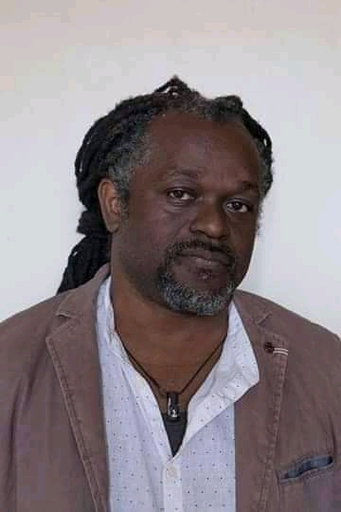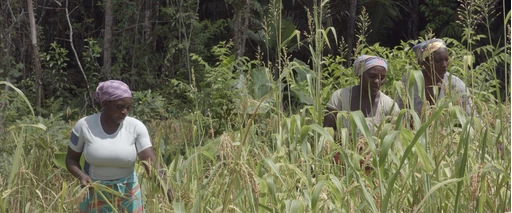
Living with Land Otherwise
This dossier questions worldviews and practices based on ownership and possession
blogtopic: LAND: about climate breakdown, ownership, territory and colonialism
Land is the earth beneath our feet, the horizon that stretches beyond our view, the matter of which life and energy springs from and returns to. Yet, how do we see land? How do we treat it? How do we inhabit it? How do we care for it? And how do we leave it?
While the ownership relation gives the state and corporate industries power to use land for profit, what we do with land comes back to haunt us, directly or indirectly. Climate breakdown is stark proof of the fact that there are no effects or consequences that go unaccounted for.
As a part of ArtEZ Studium Generale research on Land: on climate, ownership and coexistence, this dossier aims to question and move away from worldviews and practices that are based on possession and the ownership relation. Can we live with land otherwise?
As a part of ArtEZ Studium Generale research on Land: on climate, ownership and coexistence, this dossier aims to question and move away from worldviews and practices that are based on possession and the ownership relation. Can we live with land otherwise?
Living with Land Otherwise starts with the story of a Maroon community living in and with the rainforests in the former Dutch colony of Suriname. Decedents of Africa who were enslaved by the Dutch for labouring on plantations in Suriname, their story is told in the captivating film Stones Have Laws (Dee Sitonu A Weti) made by filmmakers Lonnie van Brummelen, Siebren de Haan and Tolin Erwin Alexander. Last year, the screening of this film was followed by a conversation amongst filmmakers Lonnie van Brummelen, Siebren de Haan and Tolin Erwin Alexander, moderated by documentary maker and journalist Kevin Headley. You can find a recap of the video registration below.
The filmmakers Lonnie van Brummelen and Siebren de Haan contribute to this dossier with a series of textual appendices on the subject of land, which they developed when they were conducting research for Stones Have Laws. Their contribution, Stories from the Rainforest, offers a rich reflection on how materials speak to them in and through their artistic practice. By tracing material flows and goods within the global economy, they show the rifts and new relations between humans and their environment. Through their encounters with various communities, they recount how they as image-makers deal with these rifts and challenges. Their contributions will be published between January and June 2021. You can read the introduction to Stories from the Rainforest and the first essay Plantationocene below.
In contrast to large-scale land grabbing by corporate industries that exploit land for capital gain at the expense of local communities, Indigenous relations to land entail the duty to protect and care for it for generations to come. In the text The Fight for acknowledgement of human and land rights in Suriname, documentary maker and journalist Kevin Headley, who lives and works in Suriname, gives an in-depth account of the local situation and the ongoing struggle for the recognition of land rights of the Maroon communities. As quoted in his essay: "Land rights are the greatest security the Surinamese government could grant to the native inhabitants of this country," says Theo Jubithana, president of the Association of Indigenous Village Leaders in Suriname (VIDS). "As long as they are not recognized by law, our lives remain shrouded in great insecurity. About twenty years ago, we could go hunting and fishing far into the areas surrounding our towns. Not any more, because the government has forfeited large stretches of land to companies and ‘political friends’. We are increasingly limited in our familiar environment, even though these are our ancestral grounds.”
The filmmakers Lonnie van Brummelen and Siebren de Haan contribute to this dossier with a series of textual appendices on the subject of land, which they developed when they were conducting research for Stones Have Laws. Their contribution, Stories from the Rainforest, offers a rich reflection on how materials speak to them in and through their artistic practice. By tracing material flows and goods within the global economy, they show the rifts and new relations between humans and their environment. Through their encounters with various communities, they recount how they as image-makers deal with these rifts and challenges. Their contributions will be published between January and June 2021. You can read the introduction to Stories from the Rainforest and the first essay Plantationocene below.
In contrast to large-scale land grabbing by corporate industries that exploit land for capital gain at the expense of local communities, Indigenous relations to land entail the duty to protect and care for it for generations to come. In the text The Fight for acknowledgement of human and land rights in Suriname, documentary maker and journalist Kevin Headley, who lives and works in Suriname, gives an in-depth account of the local situation and the ongoing struggle for the recognition of land rights of the Maroon communities. As quoted in his essay: "Land rights are the greatest security the Surinamese government could grant to the native inhabitants of this country," says Theo Jubithana, president of the Association of Indigenous Village Leaders in Suriname (VIDS). "As long as they are not recognized by law, our lives remain shrouded in great insecurity. About twenty years ago, we could go hunting and fishing far into the areas surrounding our towns. Not any more, because the government has forfeited large stretches of land to companies and ‘political friends’. We are increasingly limited in our familiar environment, even though these are our ancestral grounds.”
refered to from:
essay Lonnie van Brummelen and Siebren de Haan – 13 jan. 2021
Stories from the Rainforest: Plantationocene
a contract with nature
video – 11 jan. 2021
Recap of online conversation 'Stones Have Laws'
essay Lonnie van Brummelen and Siebren de Haan – 12 jan. 2021
Stories from the Rainforest: Introduction
people – 13 jan. 2021
